This post may contain affiliate links which means I will get a commission if you make a purchase at no additional cost to you. As an Amazon Associate I earn from qualifying purchases. Please read my disclosure for details.
Packaged foods are a staple in most American households, offering convenience and long shelf lives. But over the years, many of our favorite products have quietly gotten worse—whether through shrinking portions, lower-quality ingredients, or deceptive pricing.
Food companies rely on consumers not noticing these changes, all while charging the same (or higher) prices. Here are 12 packaged food ripoffs that have slowly declined in quality while quietly costing you more.
1. Ice Cream – Shrinking Containers and More Air
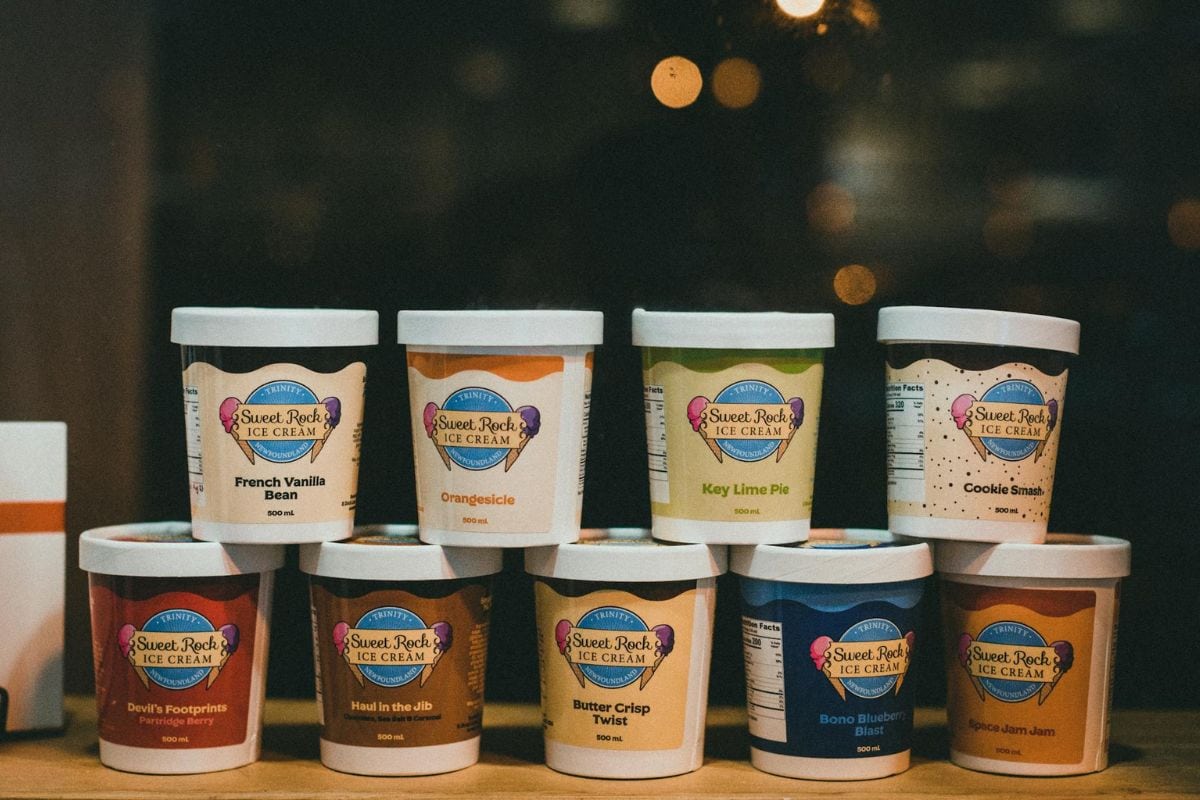
WANT TO SAVE THIS RECIPE?
Ice cream containers that were once a full half-gallon (64 ounces) are now often just 48 ounces, or even smaller. Meanwhile, some brands whip extra air into their ice cream to stretch the product further, reducing density and making you pay more for less actual ice cream. Premium brands still use less air, but budget-friendly options have become puffed-up, lower-quality versions of what they used to be.
2. Cereal – Less Product, More Sugar

Many cereals have reduced their package sizes while increasing their sugar content to maintain flavor and shelf appeal. Some brands have quietly shrunk box sizes while keeping prices the same, meaning consumers get fewer servings per box. Additionally, once-healthier cereals have been reformulated with more processed grains and artificial flavors, making them a far cry from the nutrient-rich breakfast options they used to be.
3. Chocolate Bars – Smaller Size, Same Price
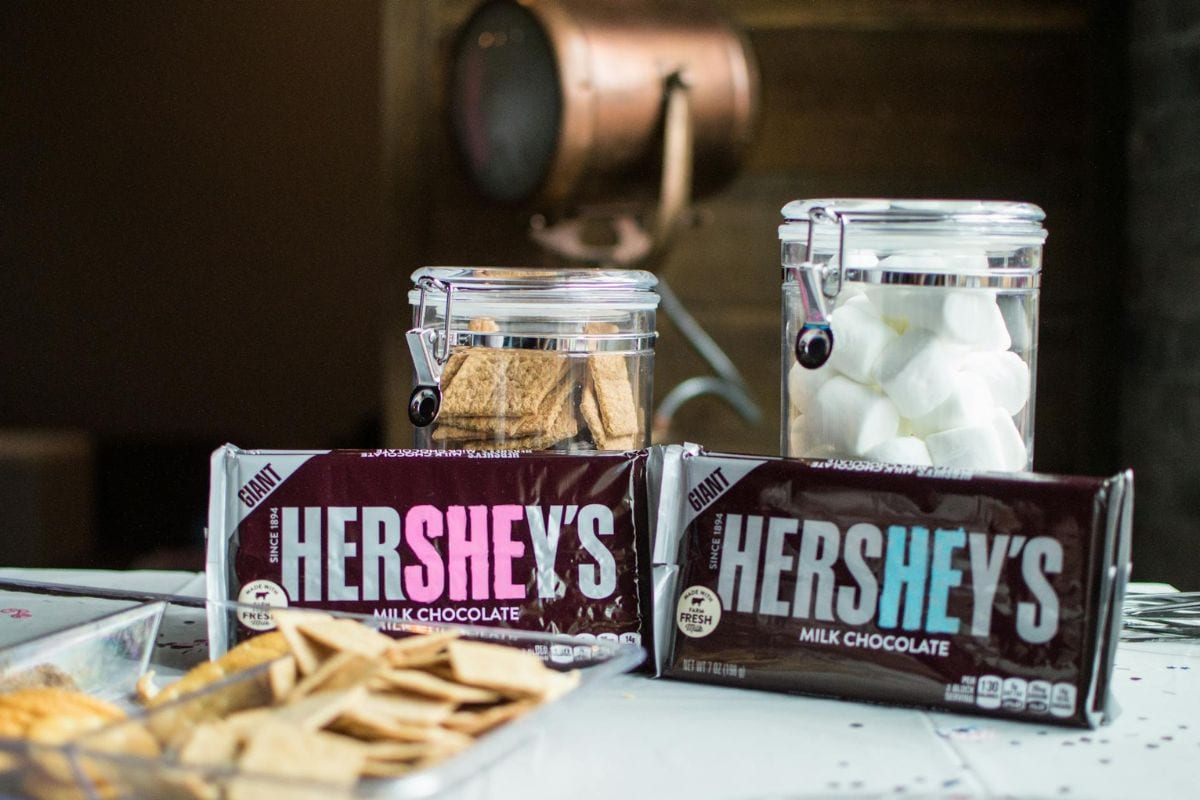
If your favorite chocolate bar feels a little less satisfying these days, it’s not your imagination. Many chocolate bars have undergone “shrinkflation,” where the size has quietly decreased while the price remains the same. Some brands have also altered their recipes by using cheaper ingredients, like replacing cocoa butter with palm oil, leading to a noticeable decline in flavor and texture.
4. Chips – More Air, Fewer Chips

Ever opened a bag of chips and found it half empty? That’s not just protective packaging—it’s a tactic called “slack fill,” which tricks consumers into thinking they’re getting more product than they actually are. Over the years, the net weight of many chip bags has gone down while the amount of air inside has increased. Brands blame inflation and production costs, but the result is that you’re paying more for fewer chips.
Related Post: 13 Everyday Products That Are Less Durable Than They Used to Be
5. Peanut Butter – More Oil, Less Nuts
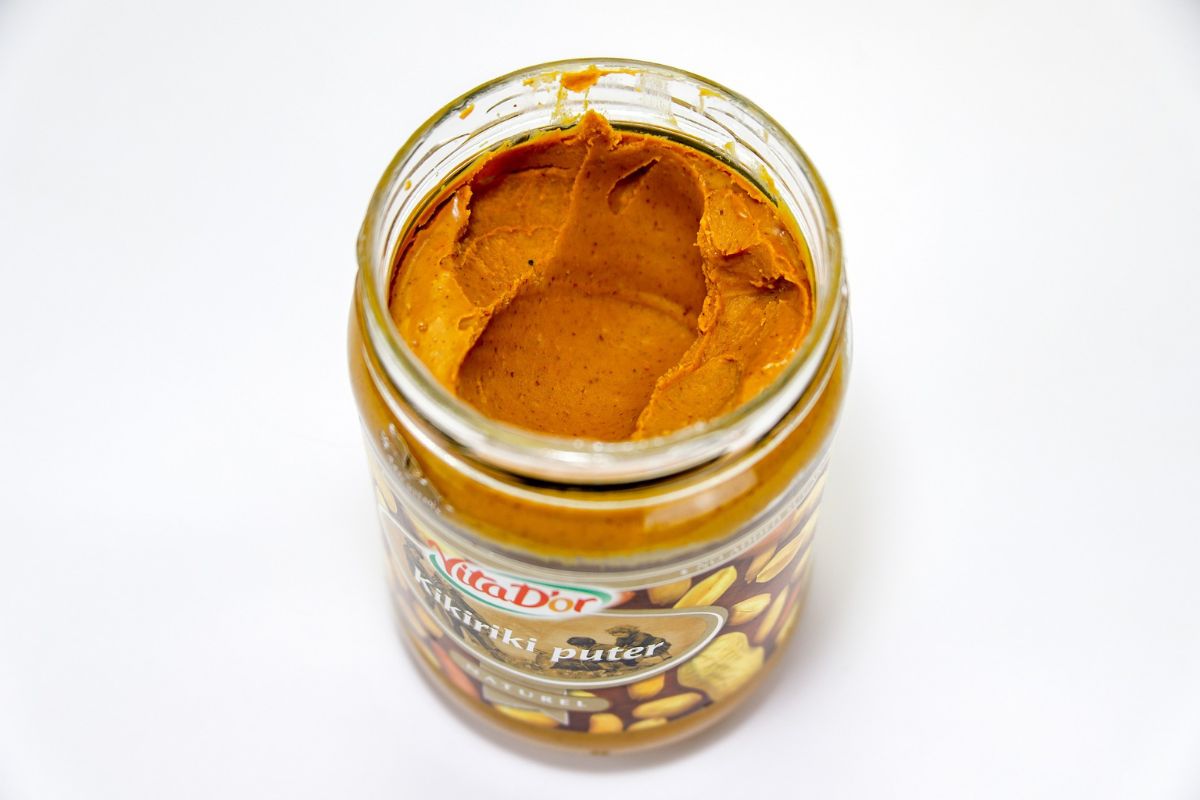
Many peanut butter brands have altered their formulas to include more hydrogenated oils, sugar, and emulsifiers while reducing the percentage of actual peanuts. This change makes the product smoother and extends shelf life, but it also dilutes the natural peanut flavor and nutrition. Some brands have even subtly shrunk their jar sizes while keeping prices the same, making this once-affordable staple a bigger ripoff than ever.
Sign up now to receive our exclusive e-cookbook filled with top-rated recipes for FREE!
6. Bottled Fruit Juices – Less Fruit, More Water and Sugar
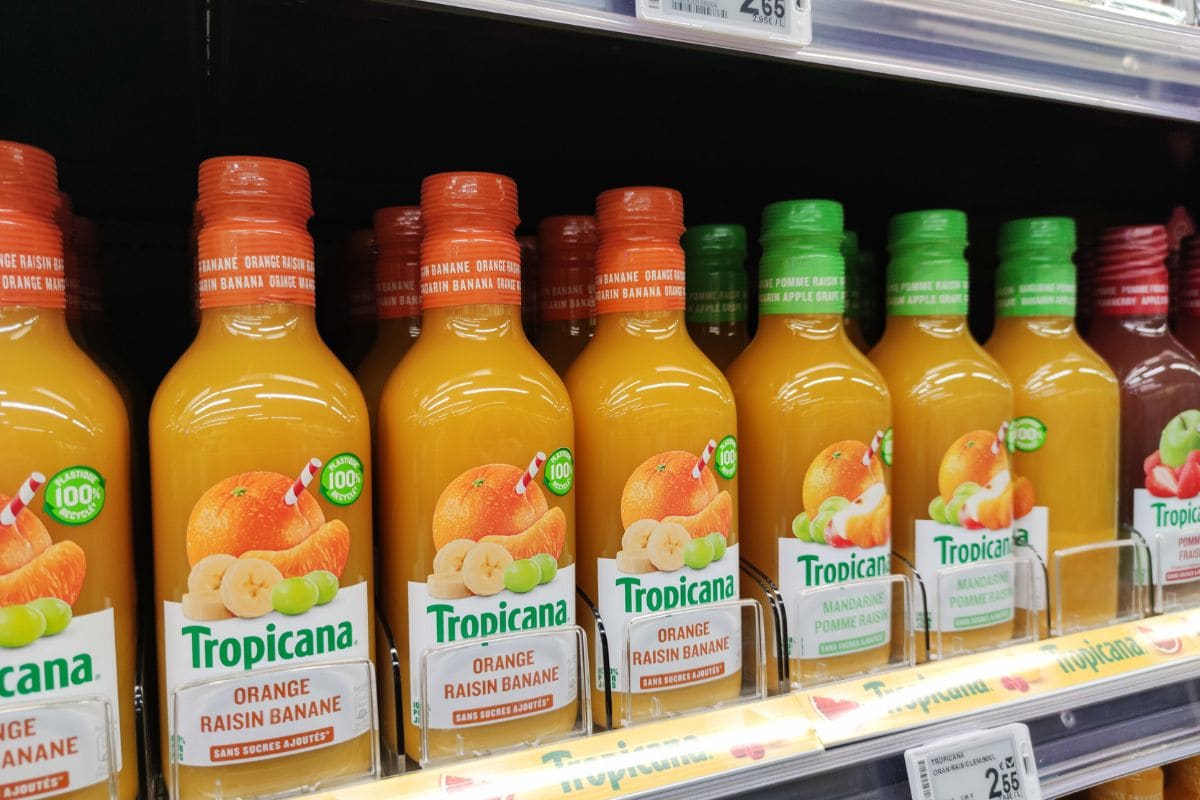
Fruit juices that once contained primarily real fruit now often contain added water, artificial flavors, and even high-fructose corn syrup. Many well-known brands have quietly diluted their juices over the years, meaning you’re getting less actual fruit and more sugar per serving. Labels like “juice cocktail” or “fruit drink” are key indicators that you’re not getting 100% real juice, even if the branding suggests otherwise.
Related Post: 10 Supermarket “Sales” That Aren’t Really a Good Deal
7. Yogurt – More Fillers, Fewer Probiotics

Greek yogurt once stood out as a high-protein, thick, and nutrient-dense option. But as the product gained mainstream popularity, many brands began cutting corners by using thickeners like cornstarch, gelatin, or carrageenan instead of traditional straining methods. Some brands also contain fewer live probiotic cultures than before, reducing their digestive benefits.
Related Post: 13+ Simple Changes That Instantly Lower Your Grocery Bill
8. Pasta Sauce – More Water, Less Tomato
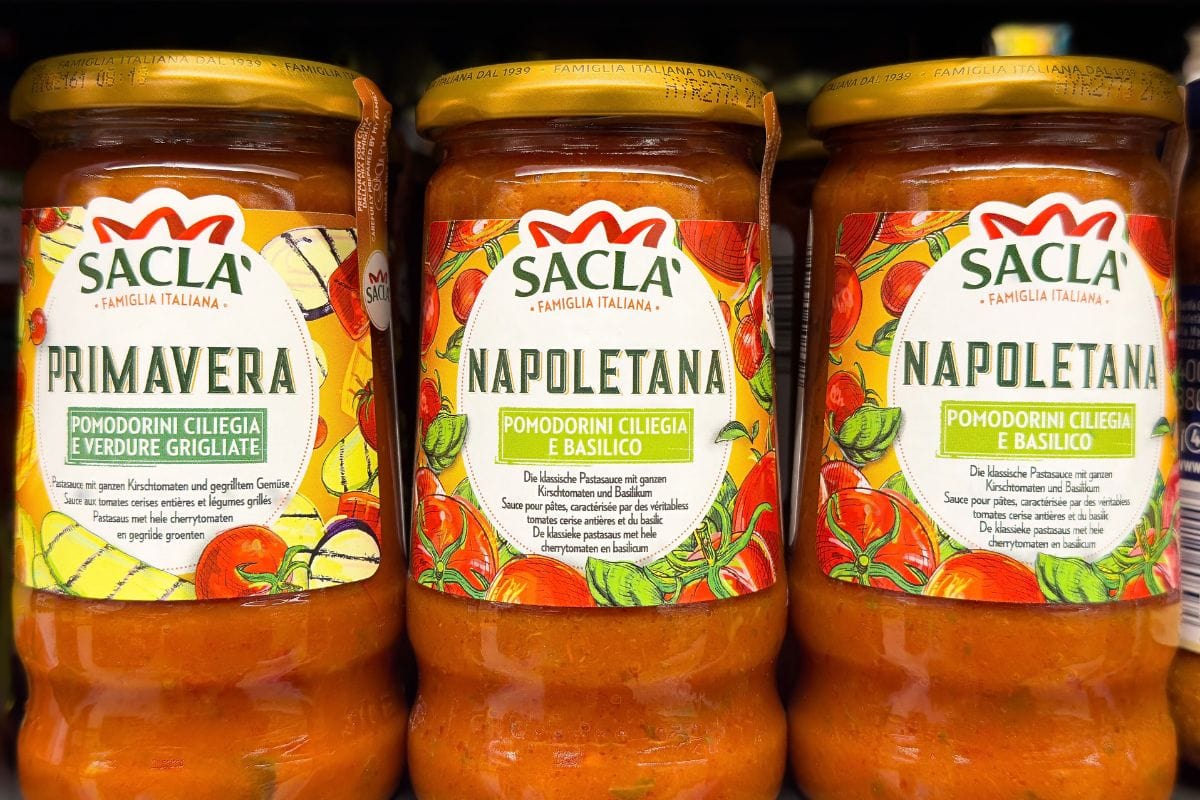
Many jarred pasta sauces have been reformulated over the years to contain more water, sugar, and fillers like cornstarch instead of rich, slow-cooked tomatoes. While the jars may look the same, the taste and texture have changed, leading to thinner, less flavorful sauces. Higher-end brands still use more tomatoes, but budget-friendly options have become noticeably watered down.
Related Post: 11 Expensive Grocery Items That Are Cheaper in a Different Aisle
9. Canned Soup – Less Protein, More Sodium
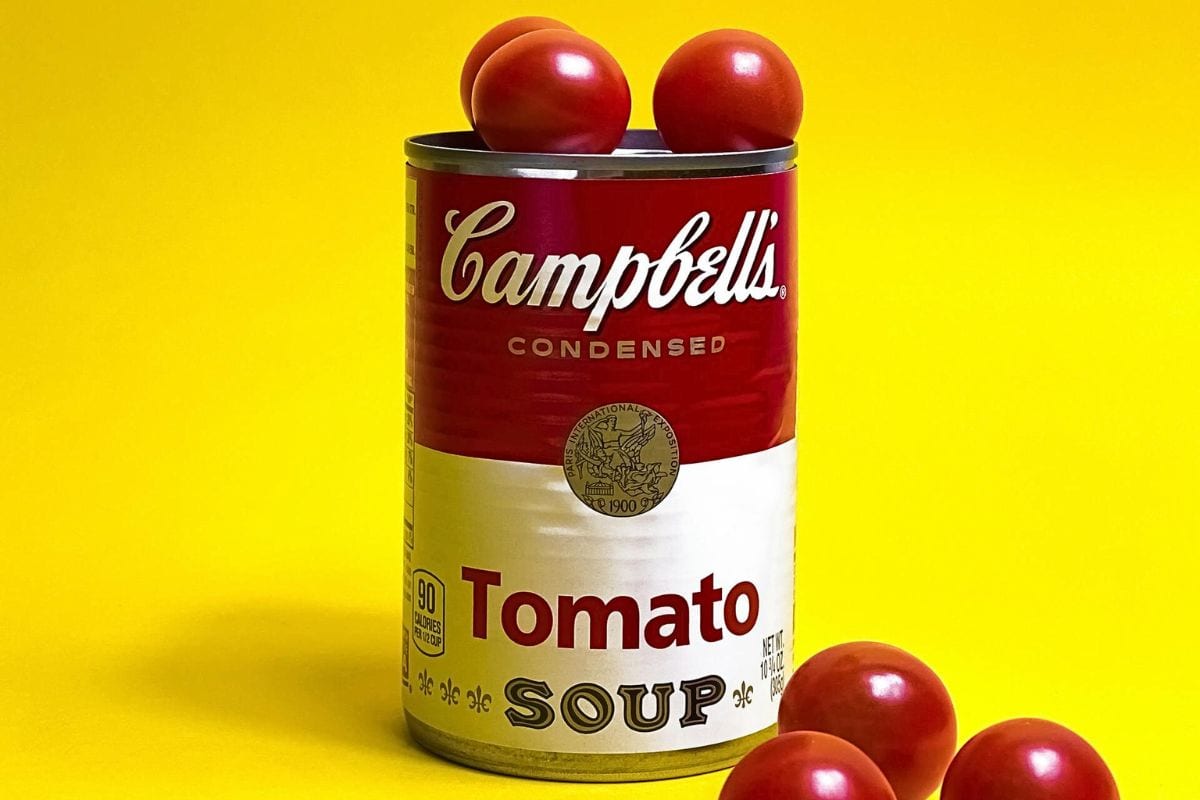
Canned soups that used to be rich in meats, beans, and vegetables are now packed with more broth and sodium to cut production costs. Many brands have reduced the actual quantity of chicken, beef, or legumes in their soups while maintaining the same serving sizes. This means you’re getting fewer nutrients and more salt per serving, making homemade soup a far better option for both flavor and nutrition.
Related Post: 10 Old-School Restaurant Chains That Barely Exist Now
10. Frozen Meals – Smaller Portions, More Fillers
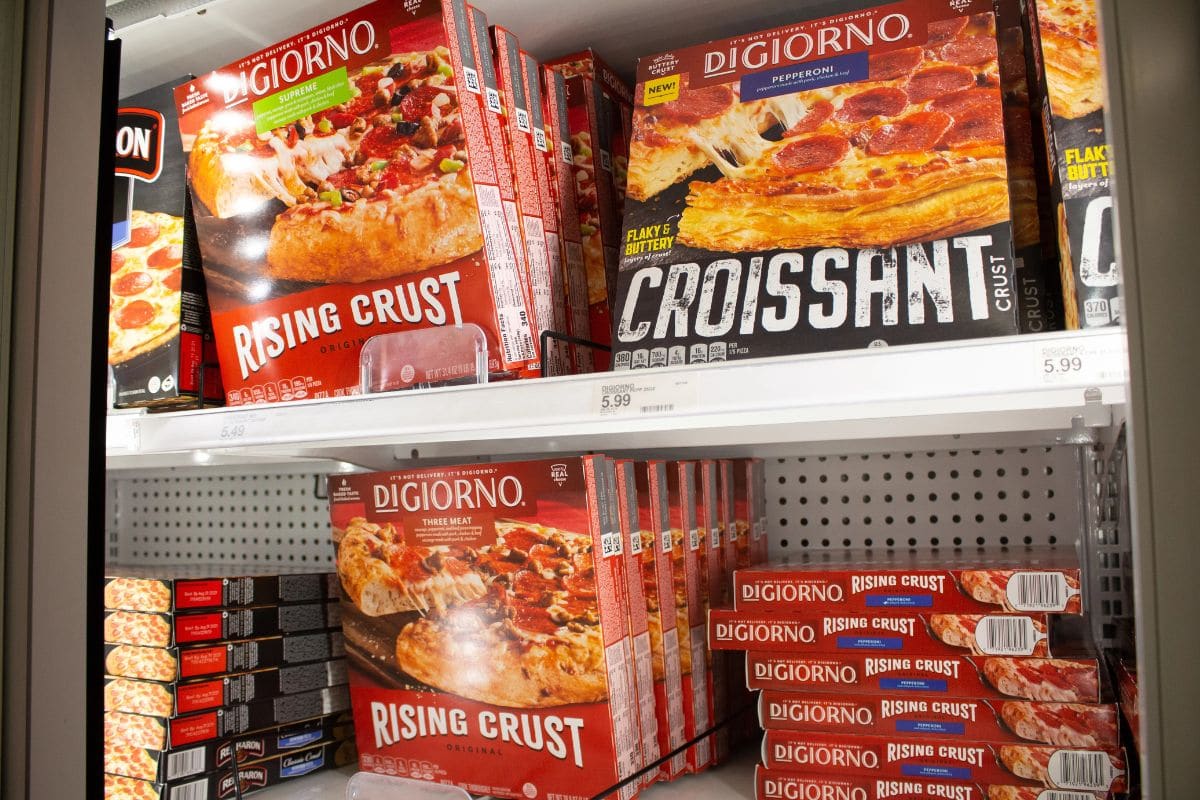
Frozen dinners have not only shrunk in portion size over the years, but they’ve also become packed with more cheap fillers like pasta, rice, and thick sauces while reducing the amount of protein and vegetables. Some meals that once contained generous portions of meat or seafood now have significantly less, making them less filling and less nutritious. Despite these changes, prices have remained the same or even increased.
Sign up now to receive our exclusive e-cookbook filled with top-rated recipes for FREE!
11. Granola Bars – Less Protein, More Sugar

Granola bars that were once a decent source of fiber and protein have quietly become sugar-laden candy bars in disguise. Many brands have cut back on nuts and whole grains, replacing them with high-fructose corn syrup, artificial flavors, and cheap rice fillers. While they’re still marketed as a healthy snack, their nutritional value has declined, making them a more expensive and less satisfying option.
Related Post: 10 Grocery Shopping Habits Older Generations Had That Made Life Simpler
12. Coffee – Smaller Bags, More Filler Beans
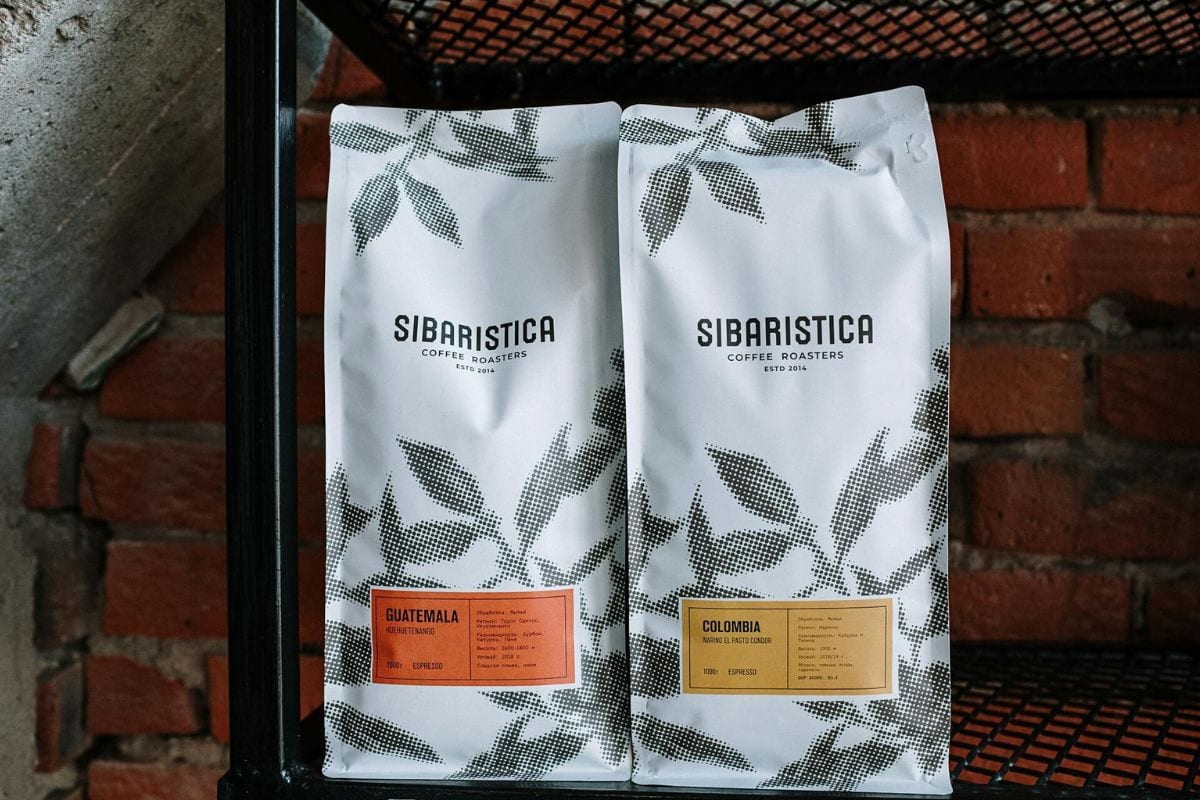
Coffee lovers may have noticed that their favorite brands now come in 12-ounce bags instead of the traditional full-pound (16 ounces). Additionally, some lower-quality brands use more filler beans, like robusta, which are cheaper and more bitter than the smoother, more aromatic arabica beans. This means consumers are getting a lower-quality brew while paying the same—or more—per bag.
Related Post: 12 Kitchen Habits That Are Making Your Food Spoil Faster
Be a Smart Shopper

Food companies rely on gradual changes to their products, hoping consumers won’t notice as portions shrink, ingredients degrade, and prices climb.
But by reading labels, comparing ingredient lists, and paying attention to weight changes, you can spot these ripoffs and make smarter purchasing decisions.
Whenever possible, opt for whole, unprocessed foods or trusted brands that maintain quality over cost-cutting tactics. The more aware you are, the better choices you can make for both your wallet and your health.
Disclaimer: This list is solely the author’s opinion based on research and publicly available information.
13 Worst Grocery Store Tricks Designed to Mislead Store Shoppers

Ever walked into a grocery store for just a few essentials, only to leave with a cart full of things you didn’t plan to buy? It’s not your lack of willpower—it’s by design!
Read it here: 13 Worst Grocery Store Tricks Designed to Mislead Store Shoppers
13+ Grocery Hacks That Instantly Slash Your Bill (You’re Overpaying Without Them!)
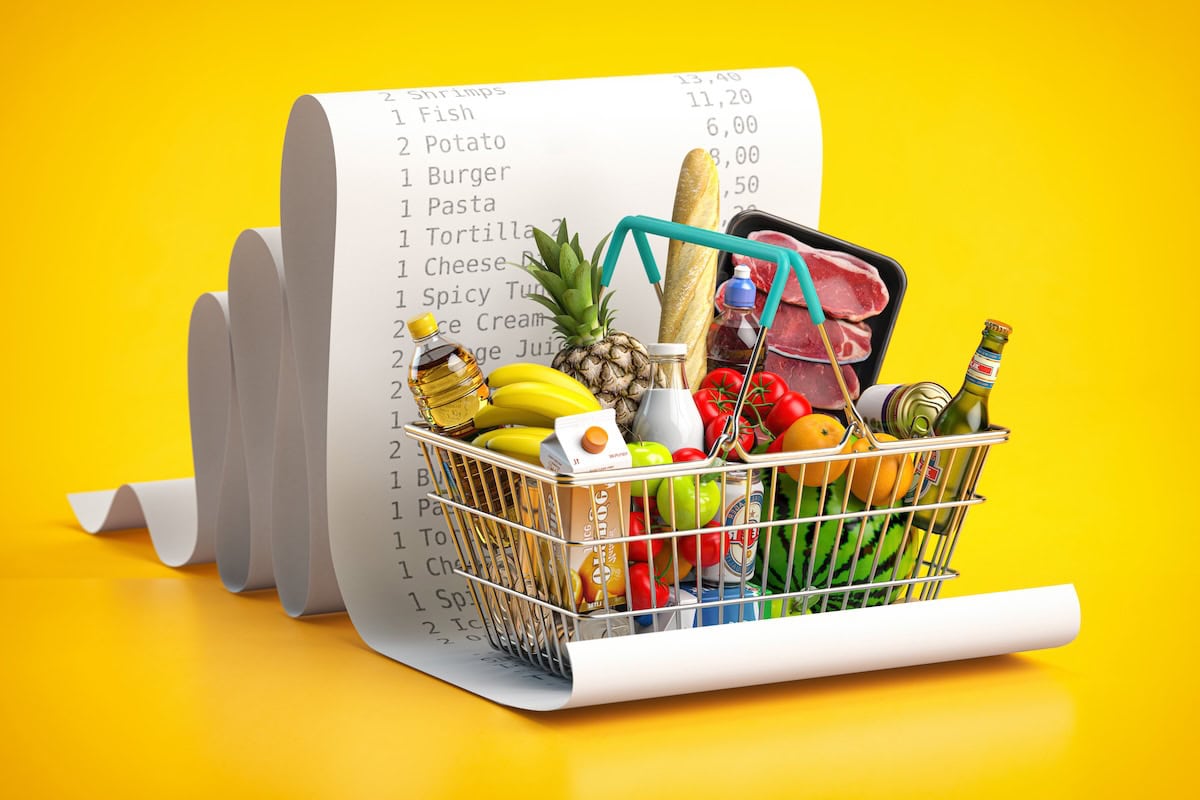
Grocery shopping can quickly become one of the biggest expenses in any household, but with a few strategic adjustments, you can significantly reduce your spending without compromising on quality.
Read it here: 13+ Grocery Hacks That Instantly Slash Your Bill (You’re Overpaying Without Them!)
Is Walmart+ Still Worth It in 2025? The Truth After 3 Years

Could you be missing out on major savings and life-changing convenience? After three years with Walmart+, I’m sharing the honest truth about what’s worth it—and what’s not. Don’t sign up (or skip out!) without reading this first!
Read it here: Is Walmart+ Worth It? Honest Review 3 Years Later!
You’ll love these related posts:
